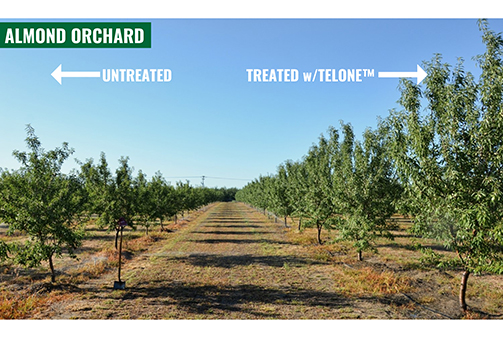Potato Pointers: The New Face Of Potato Virus Y
Potato virus Y or PVY, as we all refer to it, has become the most important of the potato viruses. This virus is spread by aphids but the most important of these insect vectors are actually aphids that don’t colonize potatoes. Spread can be extremely rapid if the levels of PVY in the seed you planted are high and other factors, like high aphid populations, are favorable.
In the not so distant past, about the only real problem associated with PVY was the chance for somewhat reduced yields if levels got too high. All of that has changed over the last 10 years.
In the late 1990s we began to get some isolated reports of new strains of PVY in the U.S. and Canada. These new strains had the ominous label of “PVYN” wherein the “N” stood for “necrotic.” In a way, the “N” or necrotic designation of these original finds was a bit of a misnomer, at least as far as potatoes were concerned. These strains cause a necrotic reaction in tobacco, which is a relative of potato, but are actually milder in potato than the original or “ordinary” strain of PVY which is referred to as “PVYO.” There was certainly cause for concern, however, as these strains can be very destructive in tobacco.
The Latest Strains
The potato industry recognizes the destructive potential of these new strains and has responded accordingly. There is a new push on the part of seed certification to reduce or eliminate all strains of PVY. A group of U.S. scientists has come together under the banner of a Specialty Crops Research Initiative grant to combat this problem. The grant, which was funded in October of 2009, is titled: “Development of comprehensive strategies to manage Potato virus Y in potato and eradicate the tuber necrotic variants recently introduced into the United States.” I have the honor of being a member of this distinguished team.










